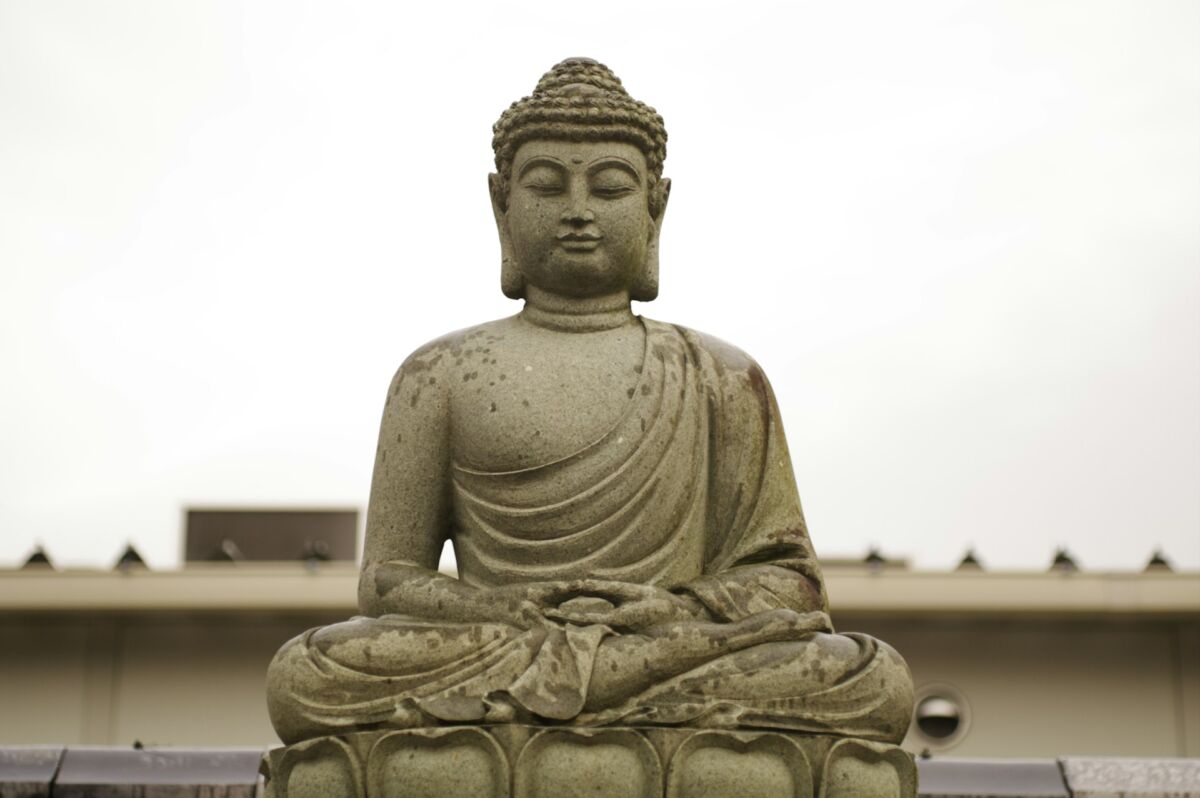“The Pali word dukkha (or Sanskrit duhkha) in ordinary usage means ‘suffering,’ ‘pain,’ ‘sorrow’ or ‘misery,'” writes Walpola Rahula (May 9, 1907–September 18, 1997) in his book What the Buddha Taught. “But the term dukkha as the First Noble Truth, which represents the Buddha’s view of life and the world, has a deeper philosophical meaning and connotes enormously wider senses.”
Indeed, it is not uncommon and a widespread misconception to reduce the whole of Buddhist doctrine to the phrase “life is suffering.”
This crude simplification paints a rather gloomy and hopeless picture where all of human endeavor is pointless and leads to the same results. Luckily, Walpola Rahula’s luminous and accessible book is here to clear up this confusion and set the record straight.

FREE Self-Test: How Spiritual Are You?

The first point of confusion in understanding dukkha as the First Noble Truth is its translation. Walpola Rahula writes:
It is admitted that the term dukkha in the First Noble Truth contains, quite obviously, the ordinary meaning of ‘suffering,’ but in addition it also includes deeper ideas such as ‘imperfection,’ ‘impermanence,’ ’emptiness,’ ‘insubstantiality.’ It is difficult therefore to find one word to embrace the whole conception of the term dukkha as the First Noble Truth, and so it is better to leave it untranslated, than to give an inadequate and wrong idea of it by conveniently translating it as ‘suffering’ or ‘pain.’
The second point of confusion results directly from this limited, free and easy translation, and its superficial interpretation, that misleads many people into regarding Buddhism as pessimistic. Walpola Rahula writes:
First of all, Buddhism is neither pessimistic nor optimistic. If anything at all, it is realistic, for it takes a realistic view of life and of the world. It looks at things objectively (yathabhutam). It does not falsely lull you into living in a fool’s paradise, nor does it frighten and agonize you with all kinds of imaginary fears and sins. It tells you exactly and objectively what you are and what the world around you is, and shows you the way to perfect freedom, peace, tranquility and happiness.
The third point of confusion results from the two previous ones converging together and making people believe that there is no place for happiness in the Buddhist doctrine. Walpola Rahula writes:
The Buddha does not deny happiness in life when he says there is suffering. On the contrary he admits different forms of happiness, both material and spiritual, for laymen as well as for monks. In the Anguttara-nikaya, one of the five original Collections in Pali containing the Buddha’s discourses, there is a list of happinesses (sukhani), such as the happiness of family life and the happiness of the life of a recluse, the happiness of sense pleasures and the happiness of renunciation, the happiness of attachment and the happiness of detachment, physical happiness and mental happiness etc. But all these are included in dukkha.
Reading and learning What the Buddha Taught will result in a deeper understanding of one of the most ancient and peaceful religious traditions of our world and will change your life for the better. Complement with our articles on the Four Noble Truths and the Noble Eightfold Path.

FREE mindfulness resources for stress relief
I’m a freelance writer and mindfulness advocate behind this blog. I started my meditation practice in 2014, and in 2017 I launched this website to share what I learn with others. Here are the three things you can do here:
1. Schedule a free consult if you want to learn Buddhist meditation.
2. Download free mindfulness resources for stress relief
3. Join Patreon for exclusive content and community meetings.









